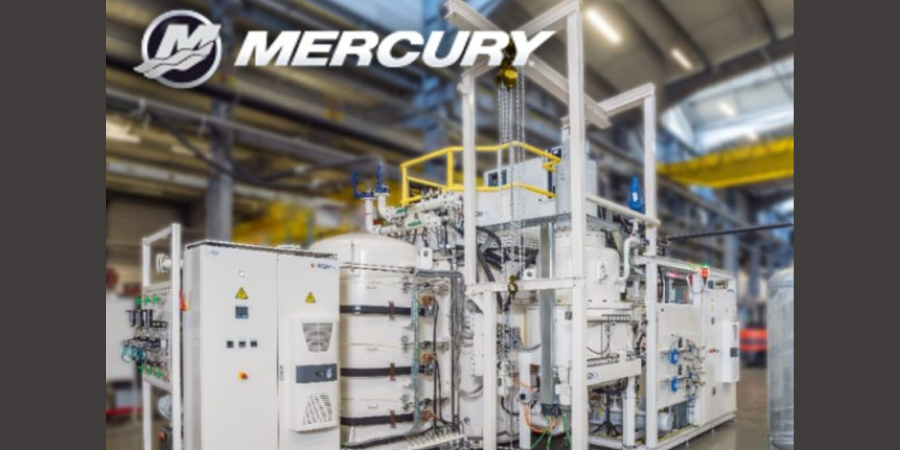 Mercury Marine of Fond du Lac, Wisconsin, recently launched a plan to upgrade its heat-treating capabilities with a move to the low-pressure carburization and high-pressure gas quench system. The new plan incorporates completely automated vacuum heat treating systems.
Mercury Marine of Fond du Lac, Wisconsin, recently launched a plan to upgrade its heat-treating capabilities with a move to the low-pressure carburization and high-pressure gas quench system. The new plan incorporates completely automated vacuum heat treating systems.
In the partnership with ECM Technologies, the Nano vacuum heat treating system (pictured above) incorporates 20 bar nitrogen gas quenching along with low pressure carburizing (aka vacuum carburizing). The Nano will operate several different carburizing, hardening, and spheroidizing processes simultaneously.
This change marks a departure from Mercury’s traditional atmospheric carburization and oil quench system while benefiting from advantages that come with vacuum processing:
- Applies vacuum heat treating in lieu of traditional atmosphere (elimination of intergranular oxidation & highly repeatable process with consistent results)
- Employs preventive maintenance planning, remote system status access, and facility information systems integration
- Relocates heat treat from a secondary location to the clean, controlled environment of the machining centers
- Converts to small batch processing principles to maximize process efficiency
- State-of-the-art growth with ECM’s advanced system automation and robot capability with load building and breakdown
- Controls downstream operations by matching incoming dunnage with exiting workpieces
- Takes advantage of vapor and vacuum-based pre-cleaning technology to remove multiple machining lubricants
- Incorporates cryogenic and tempering processes within the automated system
The system uses all CFC workload fixtures and ECM’s advanced automation fixture tracking to maintain a precise cycle count to know fixture life. For Mercury, this significantly reduces energy consumption and process cost per piece. Additionally, the vacuum process takes their heat treatment to a near-zero emissions for drivetrain components processed within the system.







